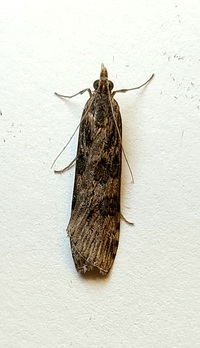
| Recorded by: Mark Basinger on 2025-10-02
Richmond Co.
Comment: | 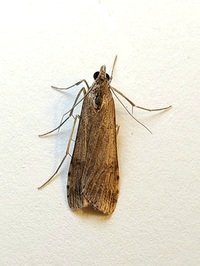
| Recorded by: Mark Basinger on 2025-10-02
Richmond Co.
Comment: |
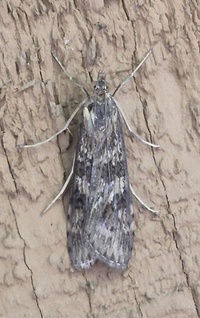
| Recorded by: Michael P. Morales on 2025-09-02
Cumberland Co.
Comment: | 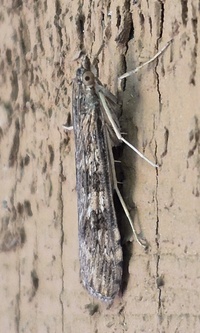
| Recorded by: Michael P. Morales on 2025-09-02
Cumberland Co.
Comment: |
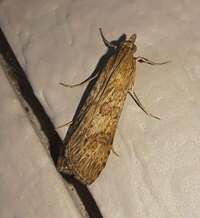
| Recorded by: Allison Garton on 2025-08-29
Moore Co.
Comment: | 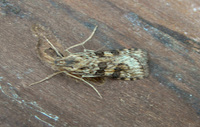
| Recorded by: R. Newman on 2025-08-27
Carteret Co.
Comment: |
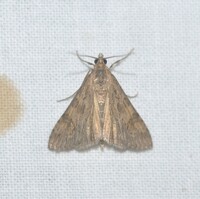
| Recorded by: K. Bischof on 2025-08-26
Transylvania Co.
Comment: | 
| Recorded by: Simpson Eason on 2025-08-25
Durham Co.
Comment: |
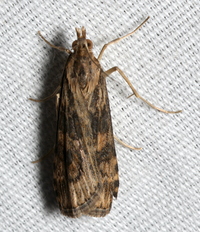
| Recorded by: David George, Kevin Bischof, Rich Teper, Patrick Coin on 2025-08-15
Transylvania Co.
Comment: | 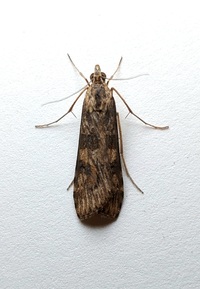
| Recorded by: Mark Basinger on 2025-08-09
Ashe Co.
Comment: |
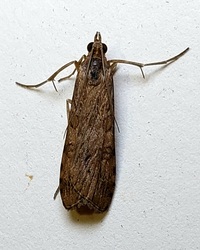
| Recorded by: Mark Basinger on 2025-06-27
Rowan Co.
Comment: | 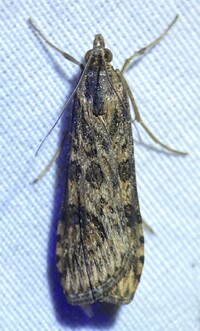
| Recorded by: Dean Furbish, Lior S. Carlson on 2025-06-18
Alamance Co.
Comment: |
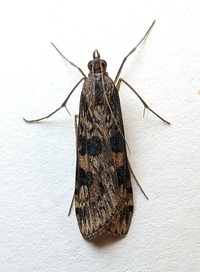
| Recorded by: Mark Basinger on 2025-06-13
Wilson Co.
Comment: | 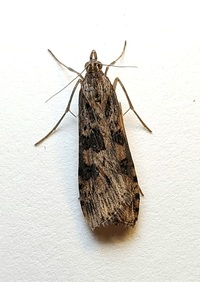
| Recorded by: Mark Basinger on 2025-06-05
Wilson Co.
Comment: |
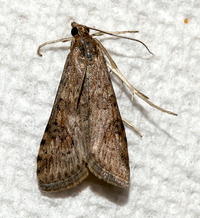
| Recorded by: David George, Jeff Niznik on 2025-05-24
Richmond Co.
Comment: | 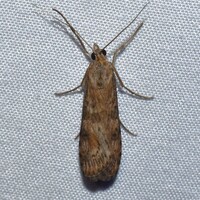
| Recorded by: David George, Jeff Niznik on 2025-05-24
Richmond Co.
Comment: |
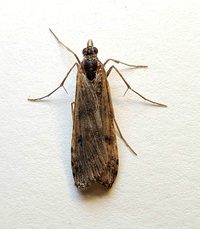
| Recorded by: Mark Basinger on 2025-05-19
Wilson Co.
Comment: | 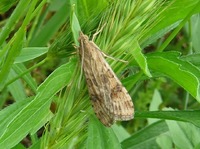
| Recorded by: Gerry Wegner on 2025-05-03
Surry Co.
Comment: |
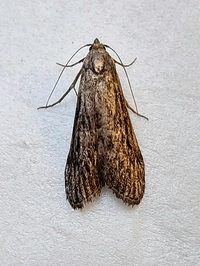
| Recorded by: Mark Basinger on 2025-05-02
Wilson Co.
Comment: | 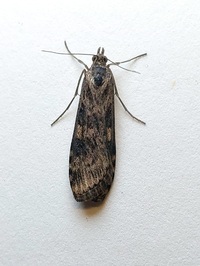
| Recorded by: Mark Basinger on 2025-03-31
Wilson Co.
Comment: |
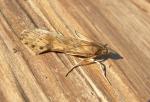
| Recorded by: R. Newman on 2025-03-18
Carteret Co.
Comment: | 
| Recorded by: Dean Furbish on 2024-12-17
Wake Co.
Comment: |
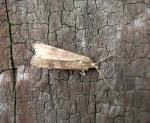
| Recorded by: R. Newman on 2024-11-18
Carteret Co.
Comment: | 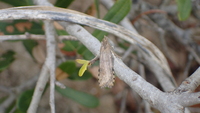
| Recorded by: Erich Hofmann on 2024-11-15
New Hanover Co.
Comment: |
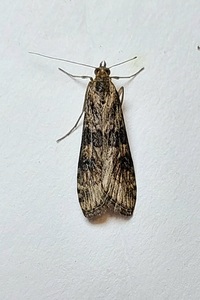
| Recorded by: Mark Basinger on 2024-11-01
Brunswick Co.
Comment: | 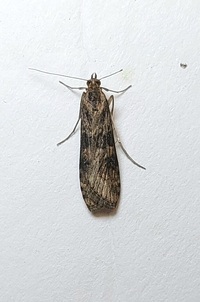
| Recorded by: Mark Basinger on 2024-11-01
Brunswick Co.
Comment: |
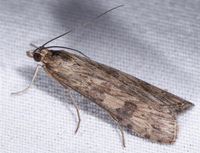
| Recorded by: John Petranka on 2024-10-30
Orange Co.
Comment: | 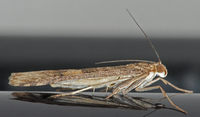
| Recorded by: Chuck Smith on 2024-10-27
Davidson Co.
Comment: |
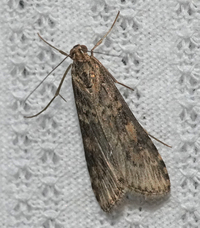
| Recorded by: Chuck Smith on 2024-10-26
Davie Co.
Comment: | 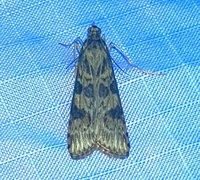
| Recorded by: Ken Kneidel on 2024-10-25
Mecklenburg Co.
Comment: |
|

 »
»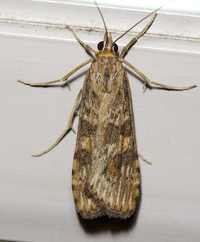
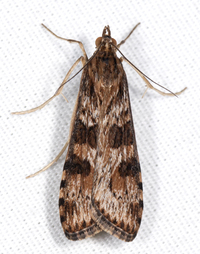
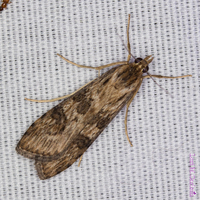
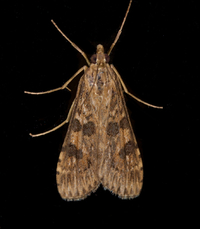

 »
»


